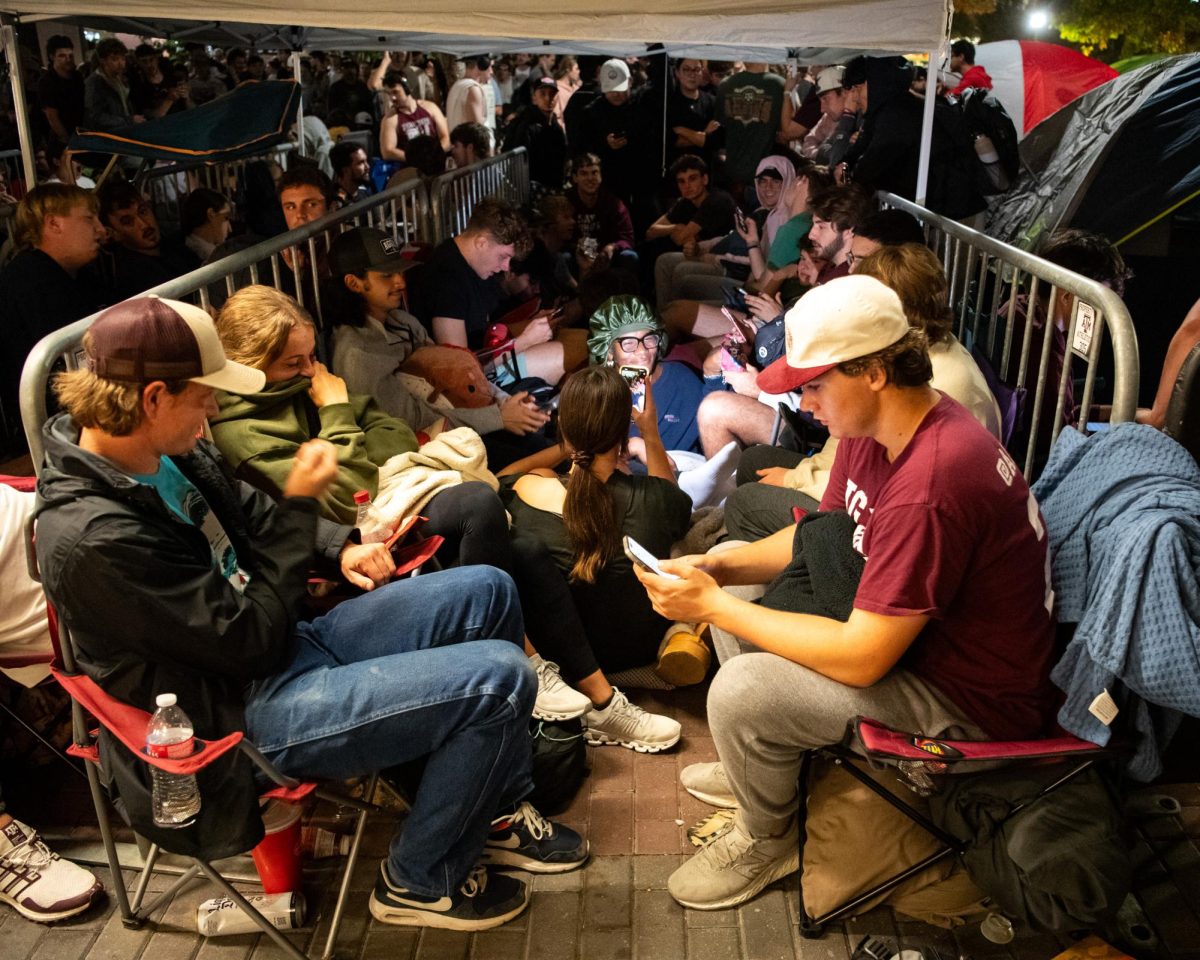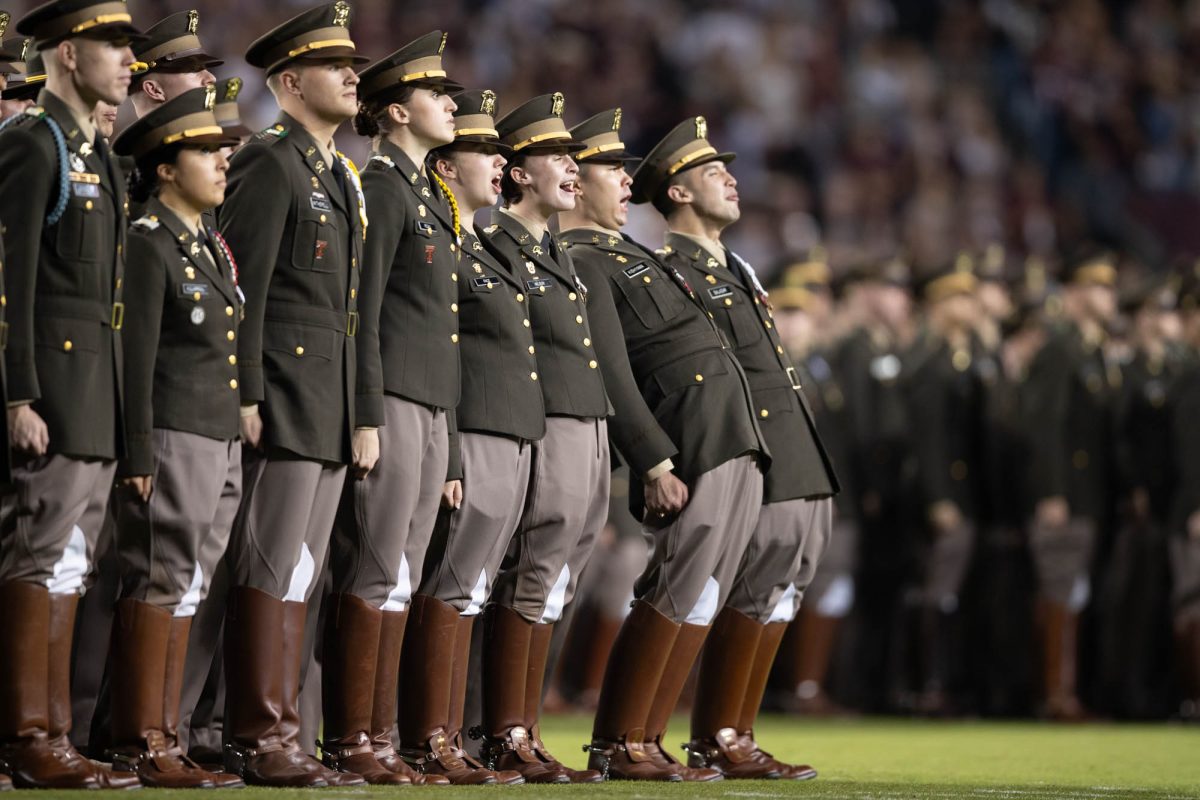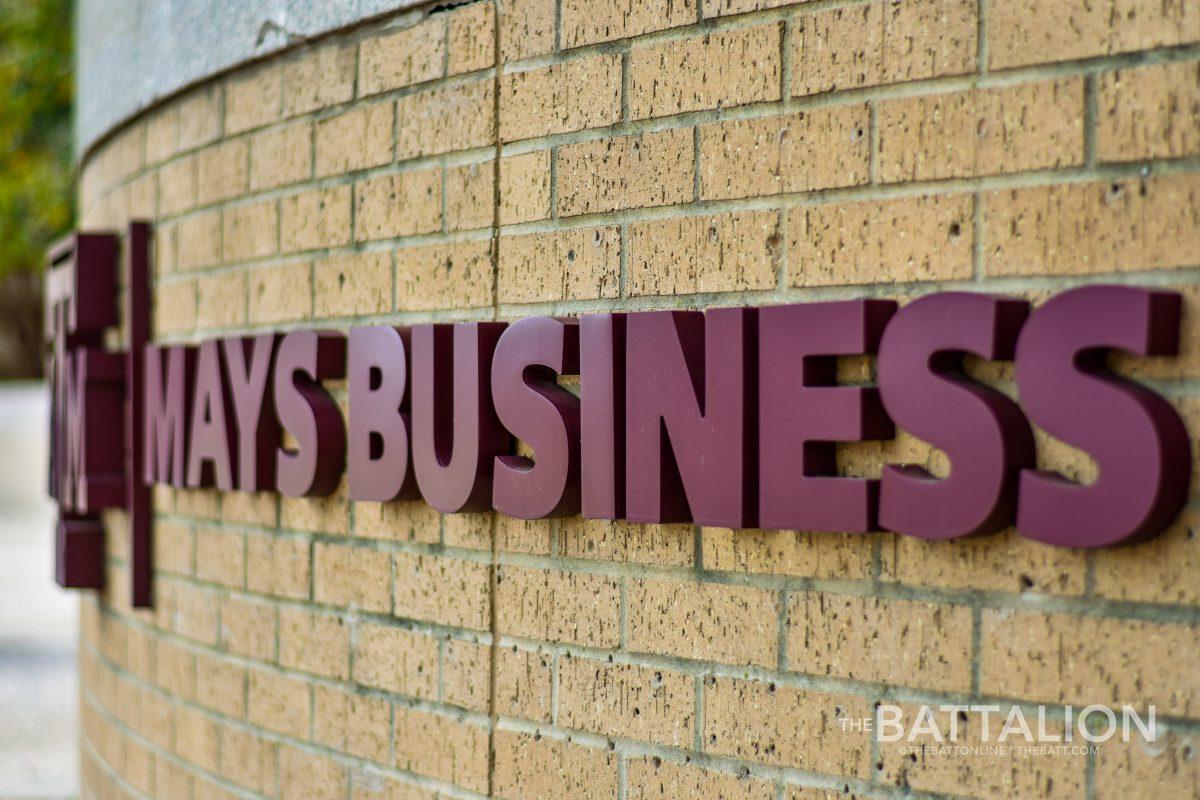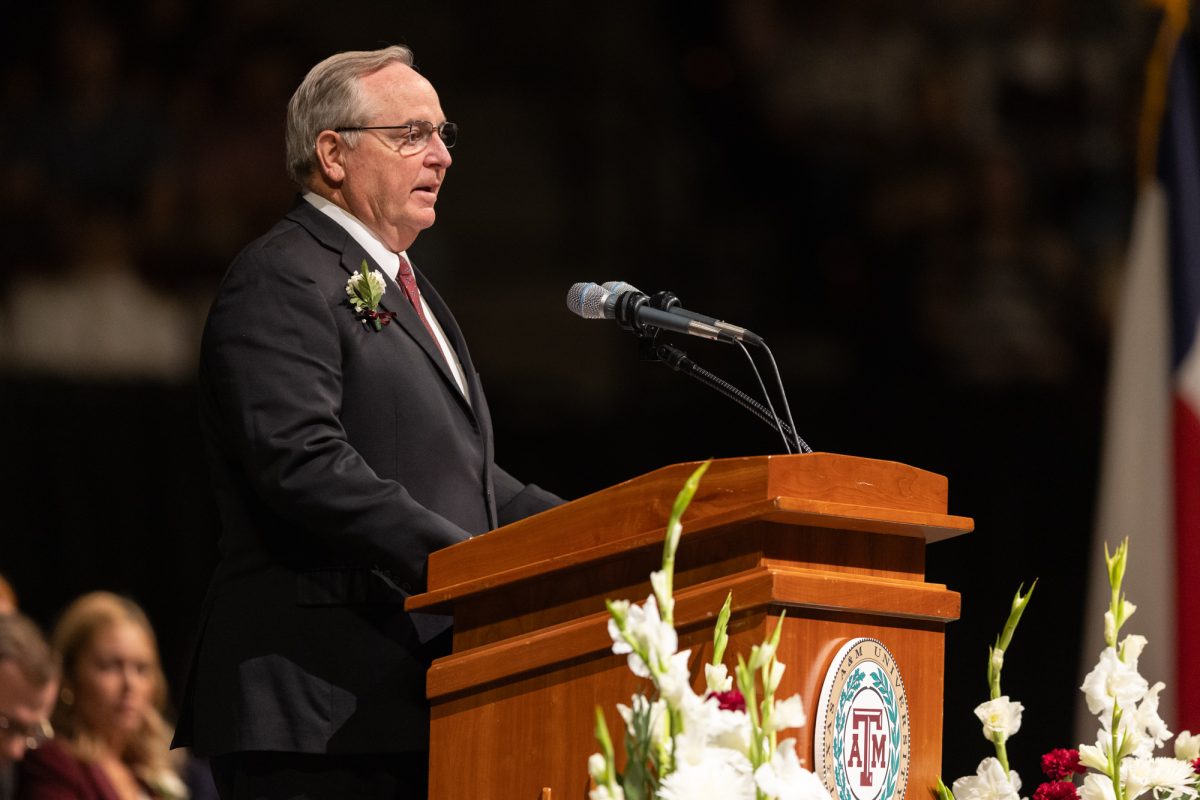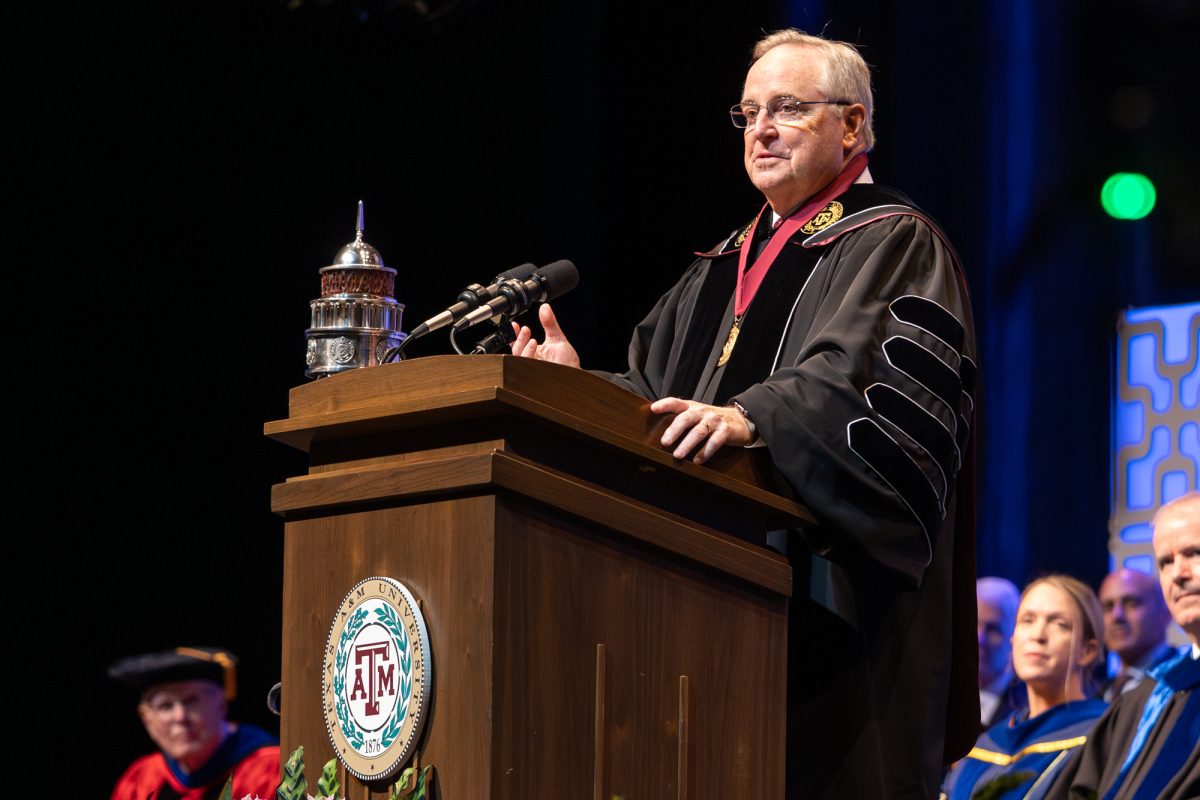AN NASIRIYAH, Iraq (AP) — U.S.-led forces suffered their worst casualties of the war Sunday in two bloody battles near An Nasiriyah that raged for hours before Iraqi resistance was vanquished. Marines said they would move around the city rather than march through it on the road to Baghdad.
The battles at An Nasiriyah drew some attention from the relentless advance of the U.S.-led forces, now less than 100 miles from Baghdad after four days of the ground war. Scores of American military personnel landed in Kurdish territory, as the move to open a northern front gathered strength.
“I think we’re advancing more rapidly than anyone could have expected,” said U.S. Maj. Gen. Daniel P. Leaf, who coordinates the coalition’s air campaign.
But at An Nasiriyah — on the Euphrates River 230 miles southeast of Baghdad, near the ancient town of Ur, birthplace of the patriarch Abraham — the allied juggernaut sustained its worst casualties so far.
And in the face of that resistance, Marines officials said they expected to sidestep An Nasiriyah rather than fight to capture it — the same strategy they employed in Basra.
American authorities detailed two bloody battles:
— Marines encountered Iraqi troops who appeared to be surrendering. Instead, they attacked — the start of a “very sharp engagement,” said Lt.
Gen. John Abizaid, deputy commander of the Central Command.
These were, Abizaid said, a combination of regular and irregular forces — in fact, he said, it was one of the few times regular Iraqi soldiers have fought, instead of surrendering or deserting.
In the end, the Americans triumphed, knocking out eight tanks, some anti-aircraft batteries, some artillery and infantry, Abizaid said. But victory came at a cost: as many as nine dead, and an undisclosed number of wounded.
— A six-vehicle Army supply convoy apparently took a wrong turn, ventured into dangerous territory and was ambushed. The vehicles were destroyed, and a dozen soldiers were missing; it was believed that it was they who were shown on Iraqi TV, some of them dead in a morgue and the others interviewed.
Four others were wounded, and were evacuated later by Marines passing by.
The Iraqis were jubilant. “Our valiant forces were lying in wait for them, inflicting heavy losses on the covetous invaders, killing at least 25 of them, and injuring a large number of them. Also, a number of their mercenaries were captured,” the Iraqi military said in a communique.
An Nasiriyah was a hotbed of rebellion against Saddam Hussein in the Shiite Muslim rebellion that followed the 1991 Persian Gulf War. The Americans may have run into Saddam loyalists based there to keep a lid on the Shiites, along with some Republican Guard units.
The battles underscored the risks of the mission in Iraq, but U.S. military leaders insisted that they would not slow the drive to Baghdad.
Officials would not say when they expected to arrive at the capital city. “We’ll arrive in the vicinity of Baghdad soon, and I prefer to leave it at that,” Abizaid said.
Long columns of Marines and their equipment advanced along the main road from Kuwaiti border to An Nasiriyah, where units were crossing the Euphrates.
Part of the 3rd Infantry Division had reached the area of the Shiite holy city of Najaf — further ahead from An Nasiriyah in the approach to Baghdad — after a 230-mile, 40-hour sprint through the desert, killing 100 machinegun-toting militiamen along the way.
When more than 30 Iraqi armored vehicles were spotted heading toward the 2nd Brigade’s positions, air support was called in; A-10s and B-52s hammered the Iraqis, and the Army didn’t have to fire a shot.
Allied aircraft had flown more than 6,000 sorties, softening resistance in advance of the ground war and focusing on Saddam’s elite Republican Guard.
Pilots who hit Baghdad on Sunday said ground fire was lighter than expected.
“It was less than the first night,” said Lt. j.g. Scott Worthington, 25, an F/A-18 Hornet pilot from Seattle, Wash., and assigned to Strike-Fighter Squadron 151. “I’d say tonight was less intense. Not nearly as much.”
Navy warships deployed in the eastern Mediterranean fired dozens of Tomahawk cruise missiles at targets in Iraq on Sunday for the first time since the war’s start.
In the early hours Sunday, Iraq fired a missile into northern Kuwait, but it was destroyed by a Patriot missile, Kuwaiti military spokesman Youssef al-Mullah said.
In the north, airstrikes were reported against strongholds of Ansar al-Islam, a militant Islamic group with alleged ties to al-Qaida and Baghdad. Bursts of anti-aircraft fire were heard from the direction of Mosul, and Iraqi television reported that Saddam’s hometown, Tikrit, had been bombed several times.
Kurdish officials reported that scores of American military personnel had landed in the northern zone they control. Abizaid would only say forces were “reinforcing our presence and targeting elements of regime support units in the Republican Guard.”
In western Iraq, he said, the forces went after Iraqi logistical targets, command and control facilities and commando units.
Authorities said the number of Iraqi prisoners in allied custody was about 2,000. About 200 were being held at the Tillil Air Base, a dilapidated complex near An Nasiriyah that has been idle since 1991.
Sgt. 1st Class William Jordan of St. Mary’s Court, Md., guarded three rectangular prisoner pens surrounded by concertina wire.
The prisoners sat impassively as identification tags were pinned on them. Most wore green Iraqi military uniforms, but some were also dressed in civilian clothing, including jogging suits and traditional Arab robes and headdress.
They were given MREs and water; ultimately, they were expected to be moved toward Kuwait for “processing,” interrogation by military intelligence officials.
The war continued to be a strange mix. There was tough resistance in some spots, such as the southern Iraq city of Umm Qasr, where sporadic fighting continued days after the allies took effective control. But there was none at all in others.
As soldiers from the 101st Airborne division moved through the Iraqi desert, villagers lined up along the highway to greet the troops with two pressing questions: Are you friendly? And is food coming?
Through an interpreter, Col. Michael Linnington assured village leaders that U.S. forces were indeed friendly and that U.N. relief workers would bring food.
“We are here to help return the country to the way it used to be. we are here to help the Iraqi people. That’s it. And to take out Saddam’s government,” Linnington said.
Villagers peered with curiosity at the soldiers — many waved and smiled. One young boy saluted to the troops; another said “welcome” in English. Their leaders nodded enthusiastically when they heard that food would arrive soon.
Fierce fighting at An Nasiriyah
March 24, 2003
0
Donate to The Battalion
Your donation will support the student journalists of Texas A&M University - College Station. Your contribution will allow us to purchase equipment and cover our annual website hosting costs.
More to Discover



